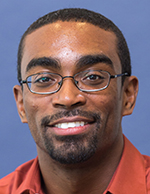7 Less than a minute
Featured:
Carson, CA
Humidity:
80 %
Pressure:
1011 mb
Wind:
15 mph
Wind Gust:
0 mph
Clouds:
0%
Visibility:
6 mi
Sunrise:
5:50 am
Sunset:
8:06 pm
Weather from OpenWeatherMap
